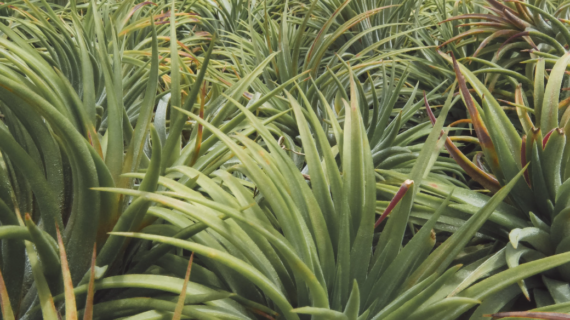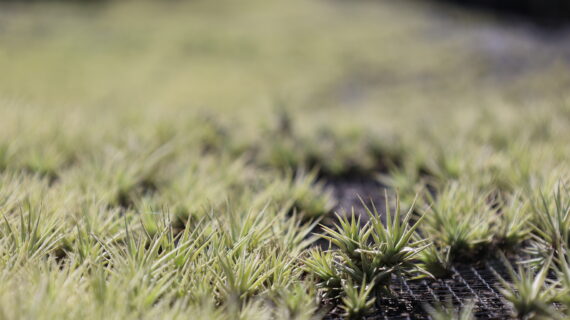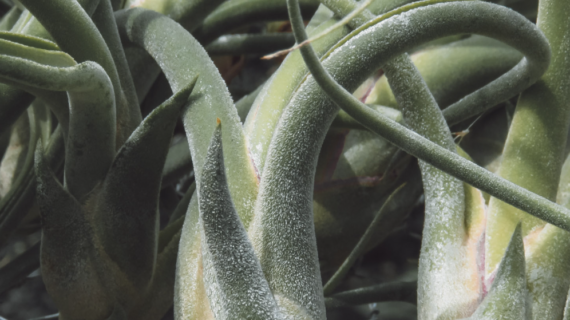
Tillandsias belong to the Bromeliaceae family, the same family as pineapples. This vast family contains more than 650 species of Tillandsias, making them one of the most diverse genera of epiphytic plants.
Natural Range:
Geographical Origins: Native to the Americas, Tillandsias can be found from Mexico and the southern United States, through Central America, and into South America.
Habitats: Their natural environments are just as diverse—ranging from humid rainforests and cloud forests to arid deserts and rocky cliffs.
Tillandsias have evolved to grow on trees, rocks, cliffs, and even telephone wires, adapting to extreme conditions by absorbing nutrients and moisture from the air via their specialized trichomes.
A Glimpse into Their Evolutionary Past

The Bromeliaceae family dates back over 65 million years, to the Paleocene epoch. Tillandsias are believed to have evolved as part of this ancient family, gradually developing their remarkable air-living lifestyle.
Key Adaptations That Made Them Survivors:
Trichomes: These tiny, scale-like structures on their leaves allowed them to absorb water and nutrients directly from the air, rain, or morning dew.
Epiphytism: By growing on trees and rocks, Tillandsias avoided competition on the forest floor, allowing them to thrive in the tree canopy and beyond.
CAM Photosynthesis: Many Tillandsias use Crassulacean Acid Metabolism (CAM), a water-efficient form of photosynthesis that allows them to thrive in dry and hot environments.
Tillandsias’ popularity as ornamental plants is a relatively recent phenomenon, especially in the last few decades.
Modern Cultivation Boom:
During the mid-20th century, botanists and plant enthusiasts began to collect, cultivate, and propagate Tillandsias, recognizing their beauty and versatility.
As interior design trends shifted toward minimalism and sustainable decor, air plants became the perfect low-maintenance, stylish houseplant.
Today, they are widely used in home decor, vertical gardens, terrariums, and art installations.
Conservation and Sustainable Trade

As Tillandsias have grown in popularity, concerns about wild harvesting and over-collection have also arisen. Several species have been overexploited in the past, leading to protective regulations.
Conservation Efforts:
Many countries now enforce strict export regulations, including CITES listings for threatened species.
Ethical nurseries like Air Plants World focus on propagating Tillandsias through pups and seeds, reducing pressure on wild populations.
By supporting nursery-grown, sustainably sourced Tillandsias, plant lovers can enjoy these ancient wonders without contributing to habitat destruction.
Tillandsias have made an incredible journey from ancient forests and deserts to the shelves, walls, and terrariums of modern homes. By understanding their origins, we can better appreciate their uniqueness and support responsible, sustainable cultivation.